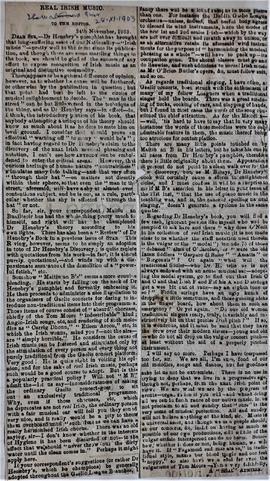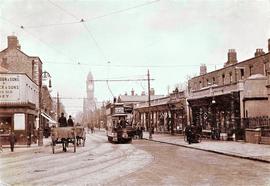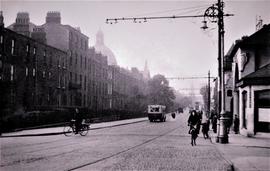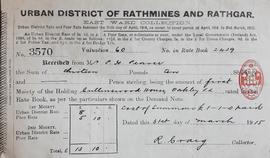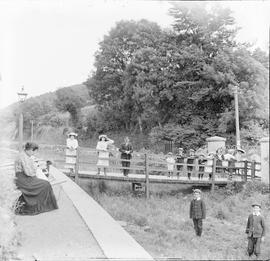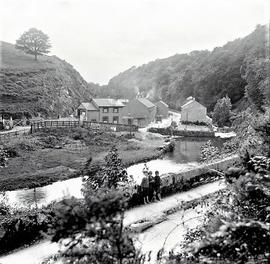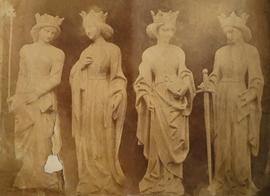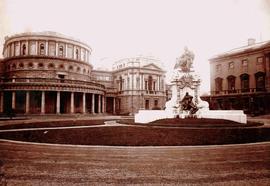- IE CA CP/3/3/3/1/1
- Part
- 28 Nov. 1903
Part of Irish Capuchin Archives
A clipping of an article titled 'Real Irish Music' published in 'The Waterford Star' (28 Nov. 1903). The article takes the form of a letter to the editor from 'a real admirer' and refers to Fr. Richard Henebry's scholarship on traditional Irish music.

